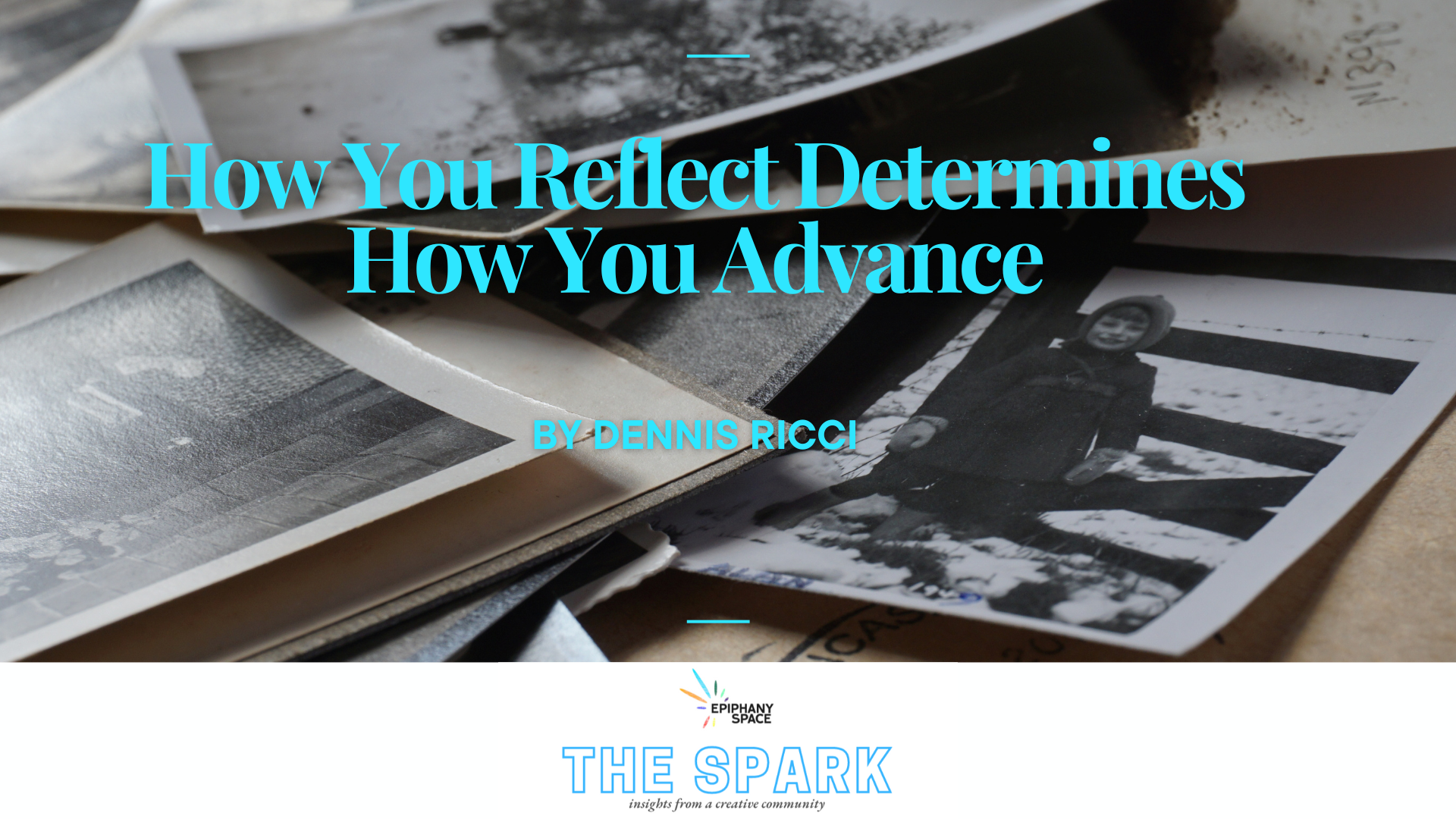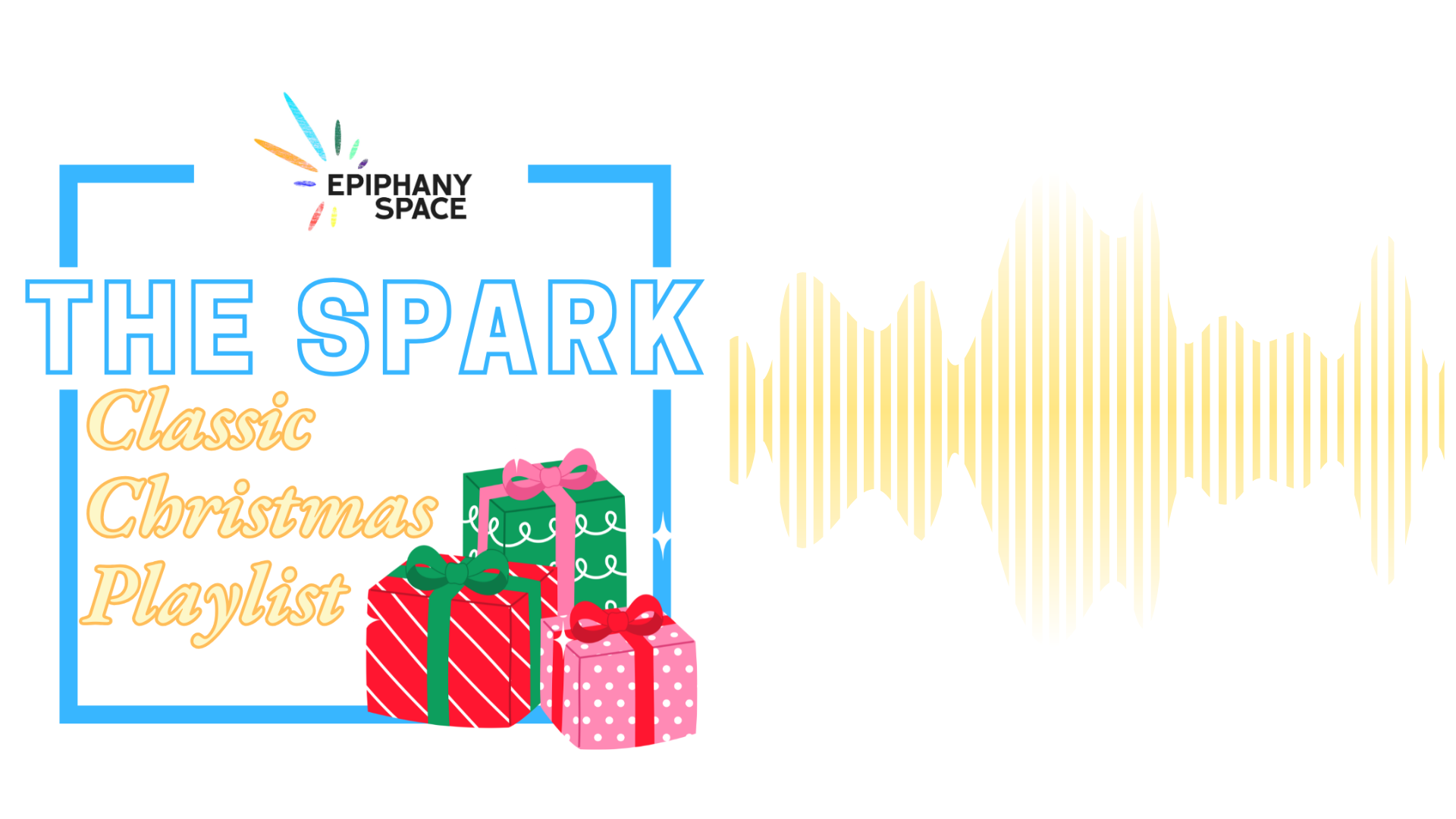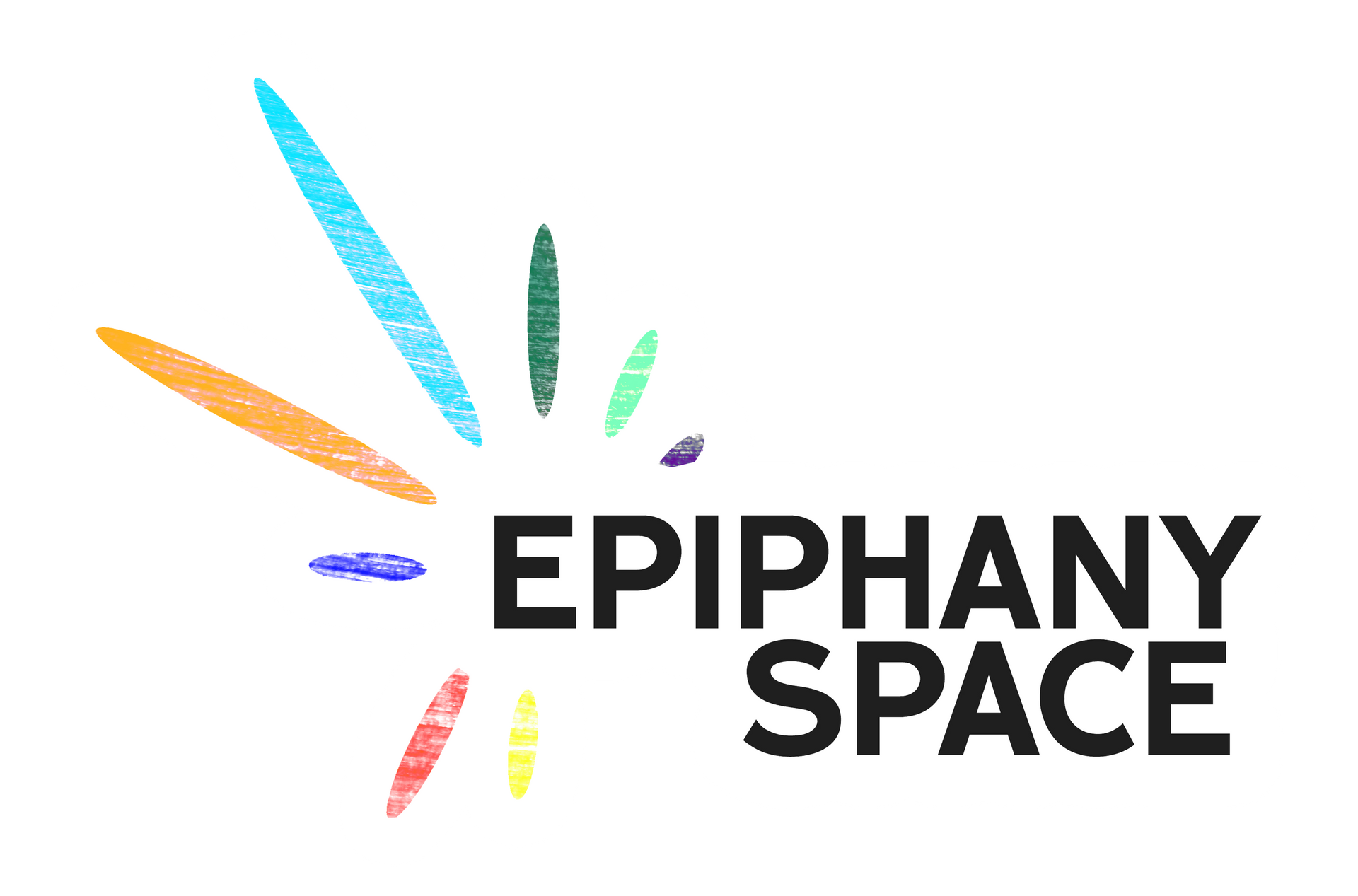Article
Your Foolproof Guide to Overcoming Creative Blocks (Guaranteed or Your Money Back) | By Steven W. Alloway | Part 1
Your Foolproof Guide to Overcoming Creative Blocks (Guaranteed or Your Money Back) (Part 1)
By Steven W. Alloway

A few weeks ago, I wrote about The Avalanche of Ideas—what to do when you’re overwhelmed with creative thoughts, coming from (and going in) every direction. But what if you have the opposite problem? You’re working on a specific project, you may even be up against a deadline, but the ideas just won’t come. You sit there staring at a blank page, a blank canvas, a blank computer screen, for minutes, hours, days, with no idea how to proceed. What do you do? How do you push through it?
Worry not, my friends. I’m happy to say that I have come up with a foolproof way of defeating those blocks once and for all. You will never again have a problem generating ideas, coming up with inspiration, or making headway on your projects or creative endeavors—guaranteed, or your money back! That’s right: every penny you paid to receive this article will be refunded to you, no questions asked. So without further ado, here is my rigorously tested, can’t-fail, five-step method for pushing past creative blocks:
1. <Insert Tip Here>
2. <Come Up With Second Tip>
3. OK, this is harder than it looks…
4. Maybe Something About Artist Dates?
5. Umm…
OK, yeah, I’ve got nothing. I think I’m going to need some help with this. Maybe I’ll talk to a few friends and see if they have any ideas. In fact…
1. Talk It Out
Whenever I’m stuck on a project, this is one of my most effective methods of getting through it. I find someone whose opinion I trust, and I talk through what I’m trying to do. Sometimes that means calling a friend up to explain my latest plot to them, or even just texting them, “Two people are standing on a street corner arguing, 500 years in the future. What are they arguing about?” (That was an actual text I sent to a friend a while back. The response: “Climate changes and teen slang.”)
Sometimes I’ll even put the question to social media. In fact, while writing this article, I posted to Facebook, “What are your most effective methods of getting over creative blocks?” The post currently has four comments. Two of them recommend walking. The other two recommend doing something else for a while, and then coming back. In fact, before even reading any of the comments, I took a break to do something else, and then took a walk. I can confirm that both were quite helpful.
Talking through a project can also mean opening it up to a group discussion in a creative community. This is actually how a lot of Spirit OnStage shows get their start. If I’m lucky, the script is maybe half finished when we start. Sometimes it’s just an outline and some dialogue snippets. But I call a group meeting, and we sit down and go through whatever I’ve got so far. Then the group provides suggestions for where to go next. Then we have another meeting the next week with a little more of the script, and a little more, and so on.
You don’t even necessarily have to take any of the suggestions being offered for this to be effective. I’ve talked through story ideas with friends and come away full of inspiration—only for the finished product to bear no resemblance to what we actually talked about.
I’ve had friends read finished projects after talking through the ideas with me, and comment that their suggestions must not have been at all helpful, because none of what we talked about made the final cut. But their conversation was, in fact, what helped me over the block. Even if the ideas themselves don’t get used, they function as a catalyst. One idea sparks another idea sparks another idea, and eventually something sticks.
3. Take Things Out of Order
This is one that I’m constantly having to remind myself of. When I’m working on personal projects, I tend to forget. I get blocked, I can’t think how to proceed… So I just stop working on it and put it aside. And you know what? Sometimes that break actually helps. Time allows you to come back to the project with a fresh perspective and renewed inspiration.
But if you’re working with a deadline, putting the project aside may not be an option. I love writing for festivals with a fast turnaround, like the 48-Hour Film Project, or the ZJU 50-Hour Drive-By Theatre Festival. In these instances, you have one day to write a script—sometimes less. There’s no time for writer’s block.
Unfortunately, that doesn’t mean it can’t still happen. I’ve got a vague idea of what I want my script to be about. I’ve got a couple of snips of dialogue in my head, and some thoughts on how it could end, but no idea how it begins. And then eventually I realize that I can just skip the beginning. Write out those snippets of dialogue and see if they lead to any more dialogue after it. Write the ending I’ve got in mind, and put it in a separate document. Then write what happened immediately before the ending.
Copy and paste it directly above the ending, and now there’s a decent chunk of script. Flesh out those dialogue snippets a bit, and now there are several chunks of script. After a while, you realize that you just need a few lines to link one section with another (I call it “connective tissue”), and you’ve pretty much got a completed script!
Often, the act of writing begets more writing. Figure out what you can do, and then do it.
I do the same thing with my professional writing. I’ve been a fulltime professional writer for 13 years, and in that time I’ve written literally thousands of blogs and articles, mostly with the same basic format, and many of them on the same handful of topics (e.g. air conditioning, real estate, and marketing). And yet sometimes, I will stare at the title I’ve been given for my latest assignment, and I will have no idea what to do.
Maybe I can’t figure out what to write for an introduction—despite the fact that I’ve written hundreds just like it. Or maybe I’m working on a list of five items, but I’m stuck on #1 and can’t think of anything to write.
So I’ll jump into the body of the article instead of the intro. I’ll start with #2 or #3 on the list, or maybe I’ll begin with #5 and work my way backwards. If I’ve got multiple articles to write, I’ll start with the one that’s shortest, or that I know the most about. It doesn’t matter where I start. The point is just to start writing.
Then once I’ve started, it’s easier to continue. Once I’ve started writing the body of the article, I understand it better, and am better equipped to write the introduction. Once I’ve written items 2-5, I’ve gotten enough of a feel for the topic that I feel more comfortable writing #1. I start where I can and do what I can, just to prime the pump. Just so that I can make progress. Then once I’ve gotten things flowing, they generally keep flowing.
OK, we’ve got a couple of tips written… What’s next? I feel like I had a good one picked out, if I only I could—Oh, right, now I remember:




